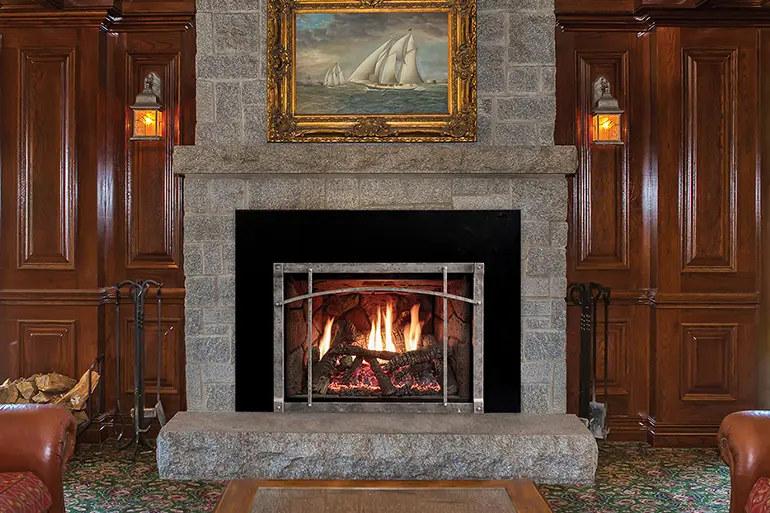How Much Does a Fireplace Insert Cost
How much does a fireplace insert cost? The insert and the required venting system are generally between $700 and $5,800. But you should ask yourself: is the cost of a fireplace insert worth the value? With an insert, you will enjoy 60% to 90% more heating efficiency, enhanced safety, and cleaner smoke than your standard wood-burning fireplace.
Three primary considerations can impact fireplace insert installation cost. They are fuel type, installation type, and additional maintenance. If you'd like a more in-depth look at fireplace inserts, you can find that information in our Fireplace Insert Buyer's Guide.


